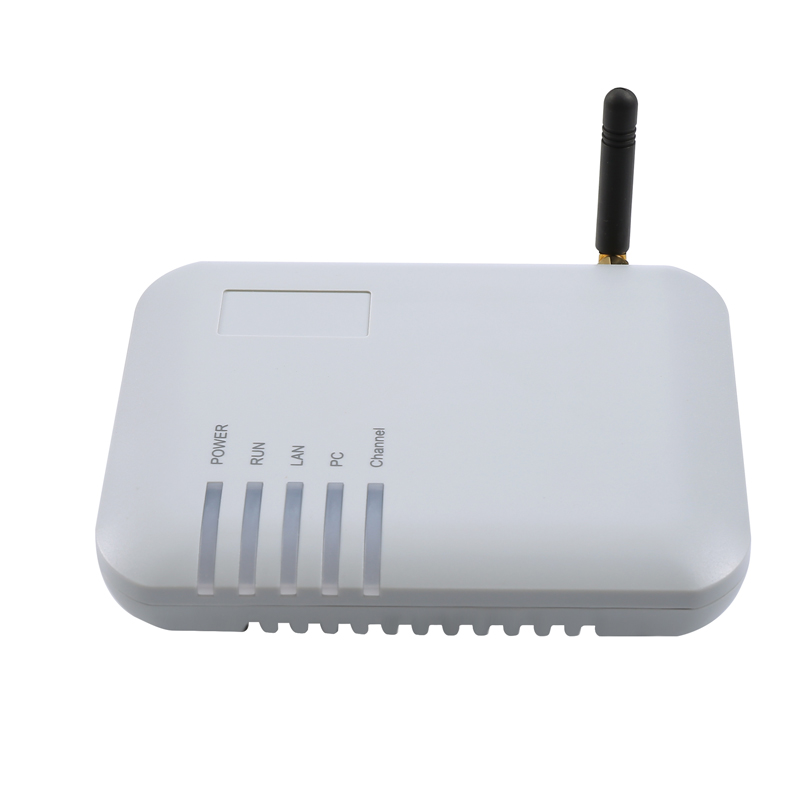VoIP GSM Gateways operate by facilitating the conversion of voice signals from traditional telephone networks into digital data packets that can be transmitted over the Internet. This process involves several key components and steps, showcasing the convergence of traditional telephony and modern data networks.

Origin and Fundamentals
The inception of VoIP GSM Gateways stems from the need to bridge the gap between the established circuit-switched telephony and the burgeoning realm of Voice over Internet Protocol (VoIP). These gateways essentially serve as intermediaries, translating analog signals from the Public Switched Telephone Network (PSTN) or mobile networks into digital packets compatible with Internet protocols.
Technical Underpinnings
At its core, a VoIP GSM Gateway comprises both hardware and software elements. The hardware includes the gateway device itself, which typically features ports for connecting traditional telephone lines or mobile devices. The software component involves the implementation of VoIP protocols that encode and encapsulate voice signals into data packets.
The process begins when a user initiates a call from a traditional telephone or mobile device connected to the gateway. The gateway then converts the analog voice signal into a digital format using codecs (Coder-Decoder). Subsequently, the digital voice data is encapsulated into Internet Protocol (IP) packets. These packets are then transmitted over the Internet to the destination gateway or endpoint.
Featured content:Which Structure Type is Best for Self-Supporting Towers?How to Receive the Verification SMS?Significance and Impact
The adoption of VoIP GSM Gateways has profound implications for communication systems. Firstly, it facilitates cost-effective communication by leveraging existing Internet infrastructure, minimizing the reliance on traditional telephony networks. This is particularly beneficial for international calls, where VoIP significantly reduces the associated costs.
Moreover, VoIP GSM Gateways enhance flexibility and scalability in communication networks. Businesses, for instance, can seamlessly integrate VoIP solutions with their existing telephony systems, promoting a smoother transition to more advanced communication technologies. The gateways also contribute to the global trend of digital transformation, aligning communication systems with the evolving landscape of information technology.
Future Prospects
As technology continues to advance, the future of VoIP GSM Gateways holds the promise of further innovation. Integration with emerging technologies such as 5G networks and the Internet of Things (IoT) is a plausible development. This evolution will likely enhance the efficiency and capabilities of VoIP GSM Gateways, solidifying their role as integral components in the modern communication ecosystem.
In conclusion, understanding how VoIP GSM Gateways work involves delving into the convergence of traditional telephony and digital communication. The process of signal conversion, facilitated by both hardware and software components, underscores the adaptability and transformative nature of these gateways. Embracing this technology not only presents practical benefits in terms of cost and flexibility but also aligns communication systems with the trajectory of technological progress.



Comments
Please Join Us to post.
0